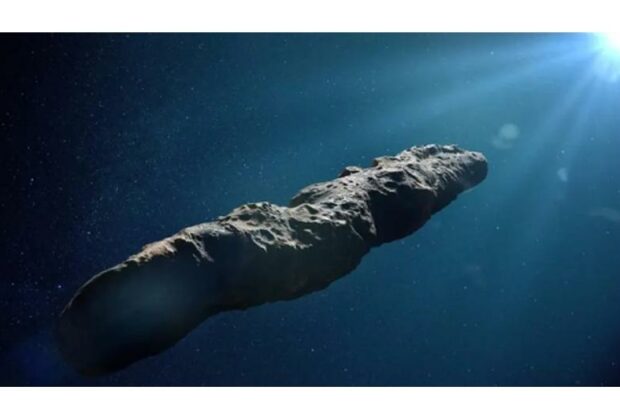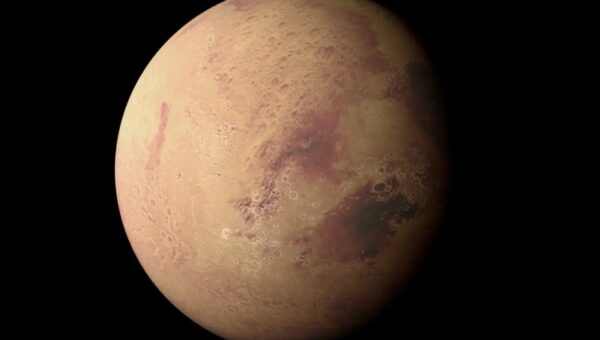Less than two years ago, the first dark comet—a celestial object that resembles an asteroid but travels through space like a comet—was discovered. Six more were discovered shortly after. Researchers have doubled the number of known dark comets by discovering seven more, according to a new paper. They also discovered that these comets have different characteristics and belong to two different populations: larger ones that live in the outer solar system and smaller ones that live in the inner solar system.
When researchers discovered in a March 2016 study that the route of the “asteroid” 2003 RM had deviated slightly from its predicted orbit, it gave them their first clue that black comets exist. The usual asteroidal accelerations, such as the little acceleration called the Yarkovsky effect, were unable to account for that anomaly.
NASA’s Jet Propulsion Laboratory in Southern California study coauthor Davide Farnocchia stated, “When you see that kind of perturbation on a celestial object, it usually means it’s a comet, with volatile material outgassing from its surface giving it a little thrust.” “But try as we might, we couldn’t find any signs of a comet’s tail. It looked like any other asteroid — just a pinpoint of light. So, for a short while, we had this one weird celestial object that we couldn’t fully figure out.”
Strange Celestial Things
The astronomy community and Farnocchia didn’t have to wait long for the next puzzle piece. The following year, in 2017, the first known astronomical object to originate outside of our solar system was found by a NASA-sponsored observatory. In addition to appearing as a single point of light, like to an asteroid, 1I/2017 U1 (‘Oumuamua) also underwent a trajectory modification, resembling a comet as it expelled volatile material from its surface.
Farnocchia remarked, “Oumuamua was surprising in several ways.” “The fact that the first object we discovered from interstellar space exhibited similar behaviors to 2003 RM made 2003 RM even more intriguing.”
Seven solar system objects that resembled asteroids but behaved like comets were discovered by 2023. They were given their own category of celestial objects, “dark comets,” by the astronomy community because of that. Now that seven more of these objects have been discovered, scientists can begin to ask new questions.
Darryl Seligman, the lead author of the new research and a postdoctoral scholar in the Physics department at Michigan State University, East Lansing, stated, “We had a big enough number of dark comets that we could begin asking if there was anything that would differentiate them.” “By analyzing the reflectivity,” or albedo, “and the orbits, we found that our solar system contains two different types of dark comets.”
Two Different Types of Dark Comets
The authors of the study discovered that one type of comet, referred to as outer dark comets, has traits with comets in the Jupiter family: They are on the larger side (hundreds of meters across or more) and have very eccentric (or elliptical) orbits.
The second category of comets, known as inner dark comets, are smaller (tens of meters or less), inhabit the inner solar system, which includes Mercury, Venus, Earth, and Mars, and revolve in almost circular paths.
Seligman and Farnocchia’s study adds to our understanding of dark comets and poses a number of new concerns, similar to many other astronomical discoveries: What was the origin of dark comets? Why do they accelerate so abnormally? Were they filled with ice?
“Dark comets are a new potential source for having delivered the materials to Earth that were necessary for the development of life,” Seligman added. “The more we can learn about them, the better we can understand their role in our planet’s origin.”








